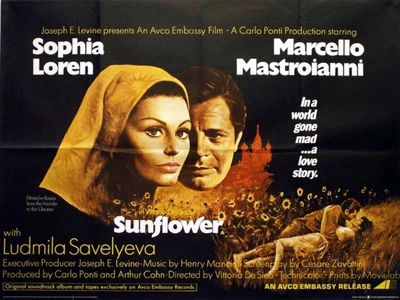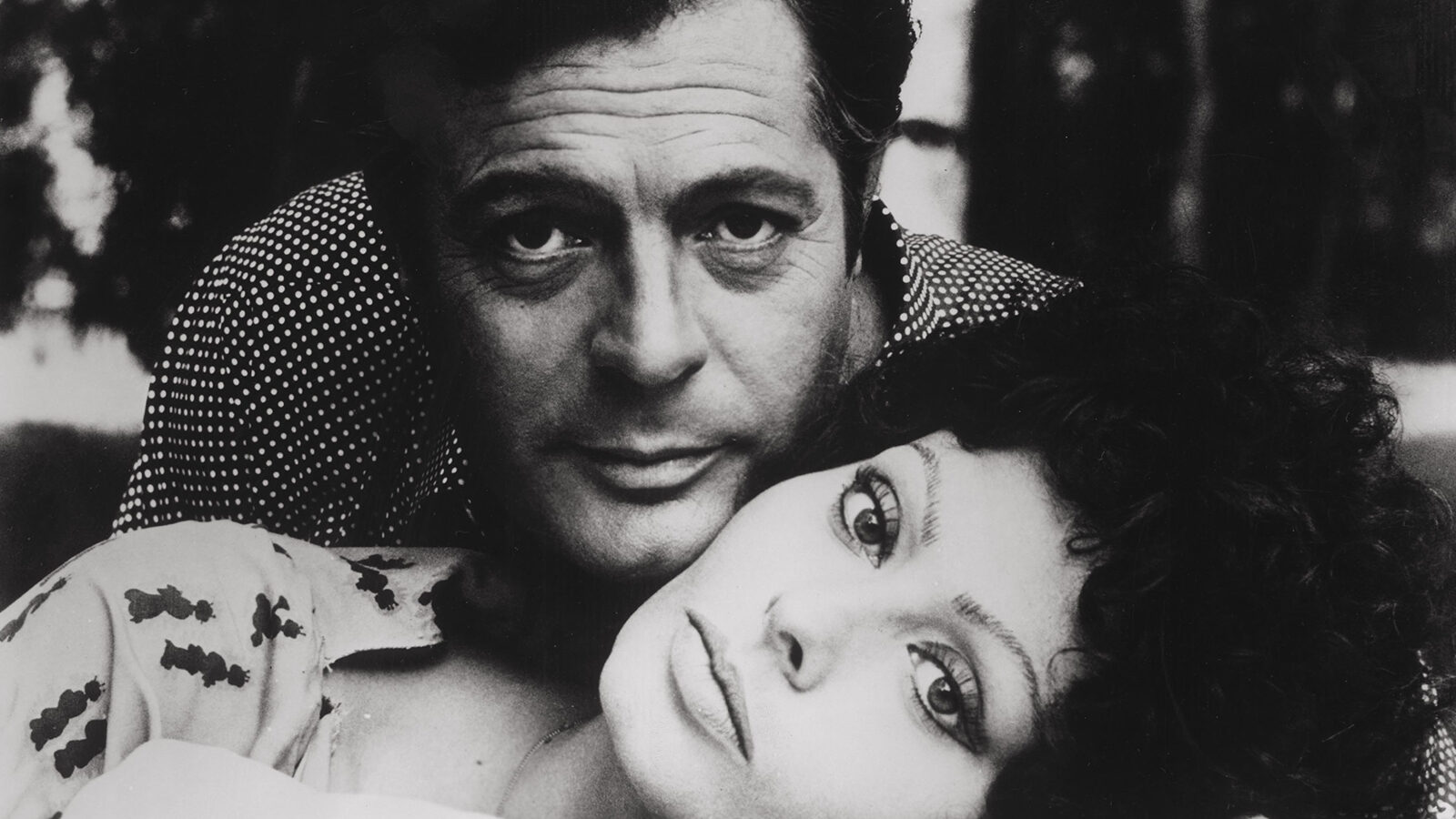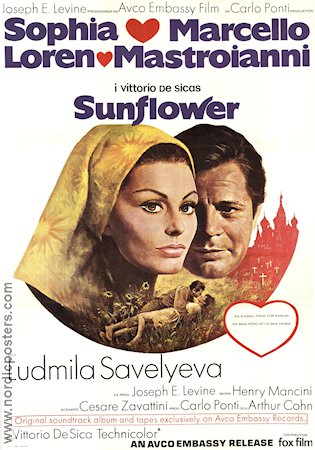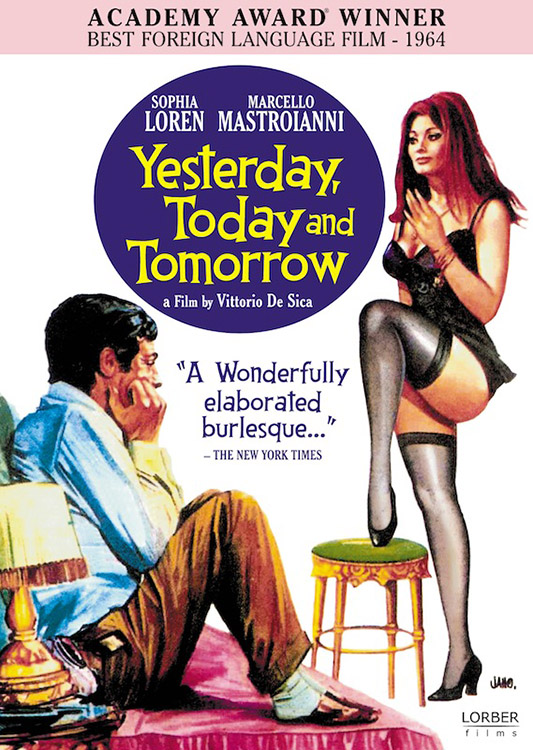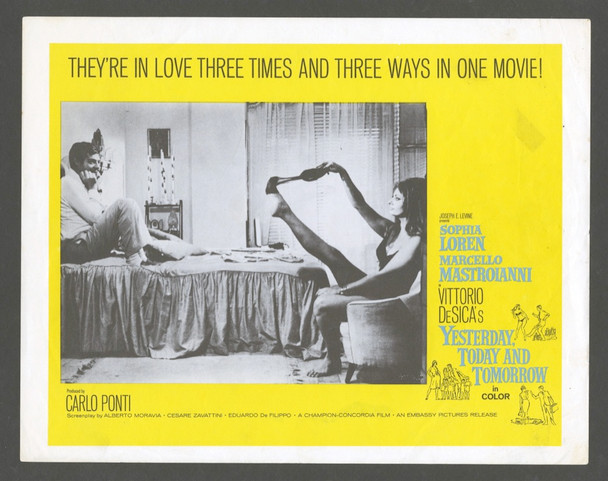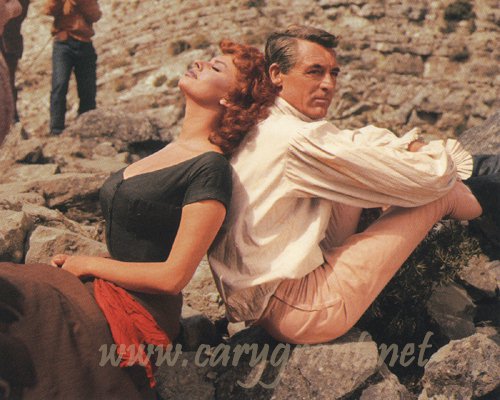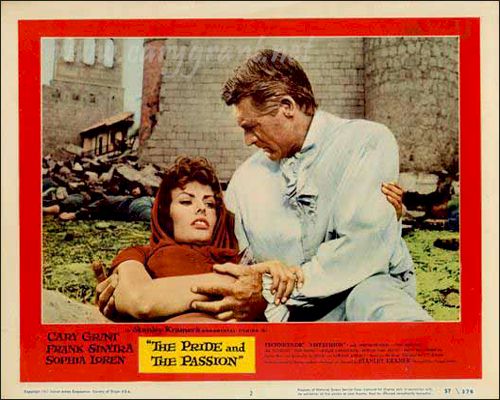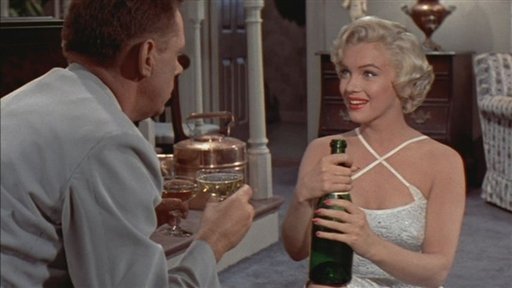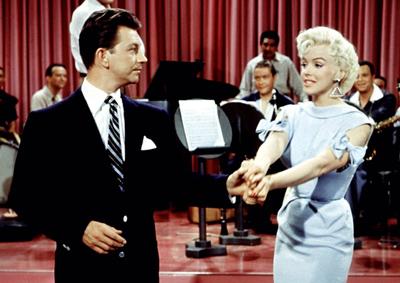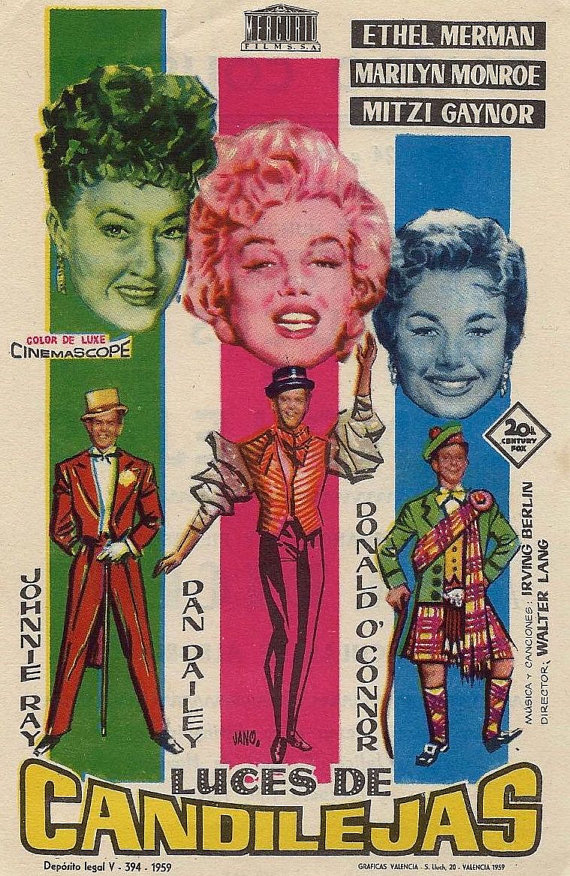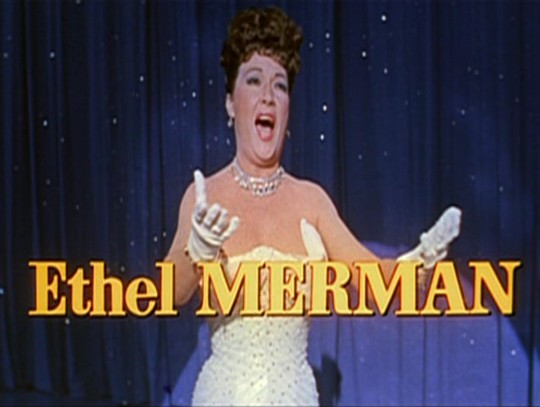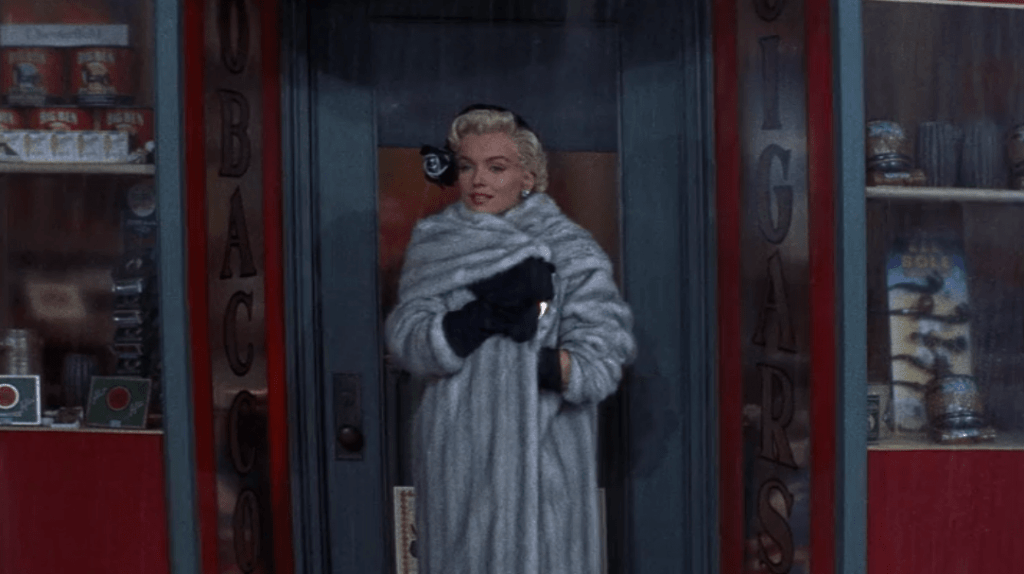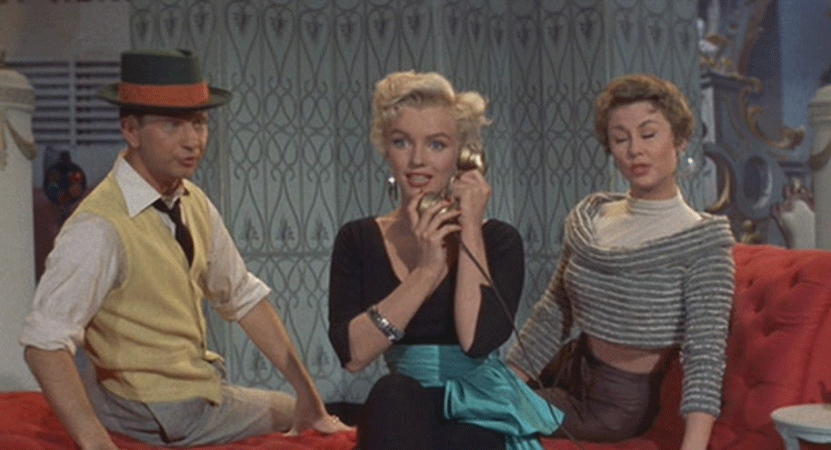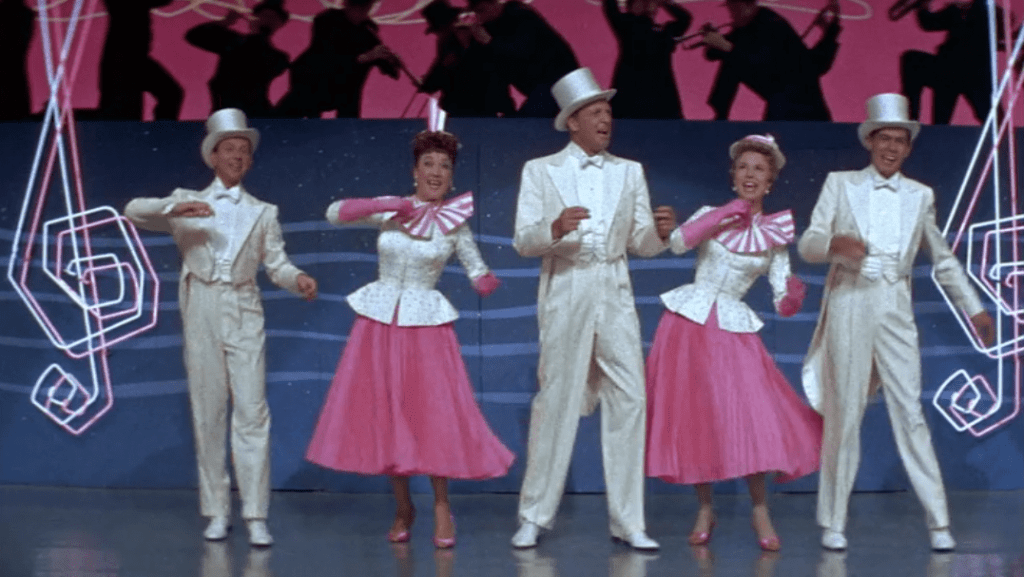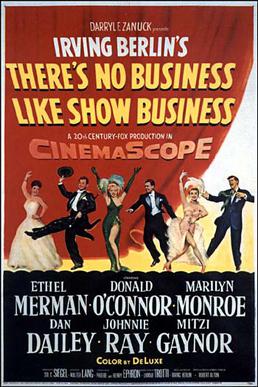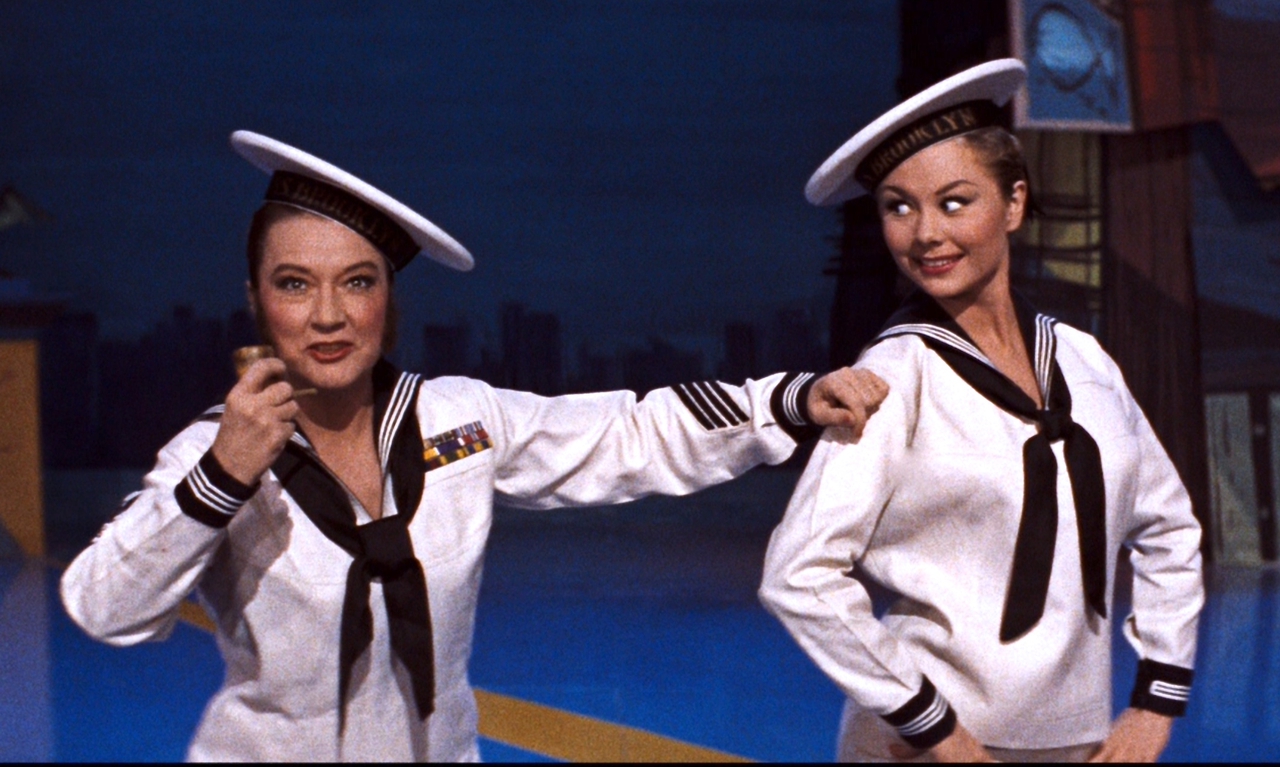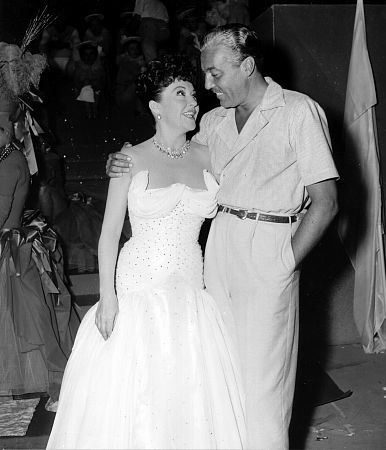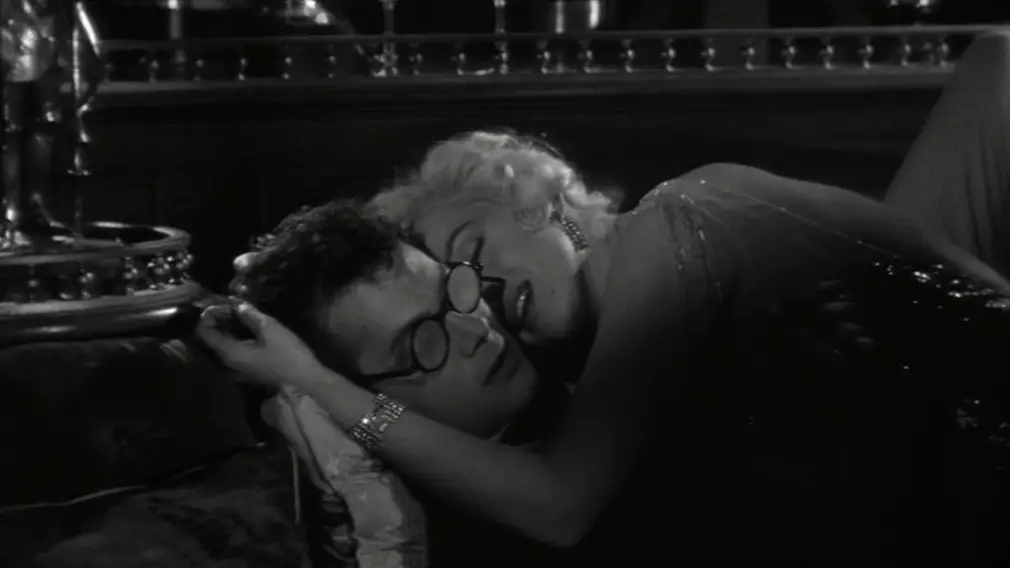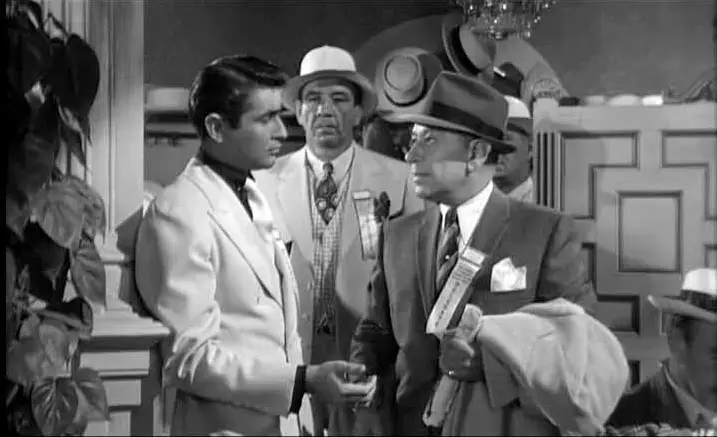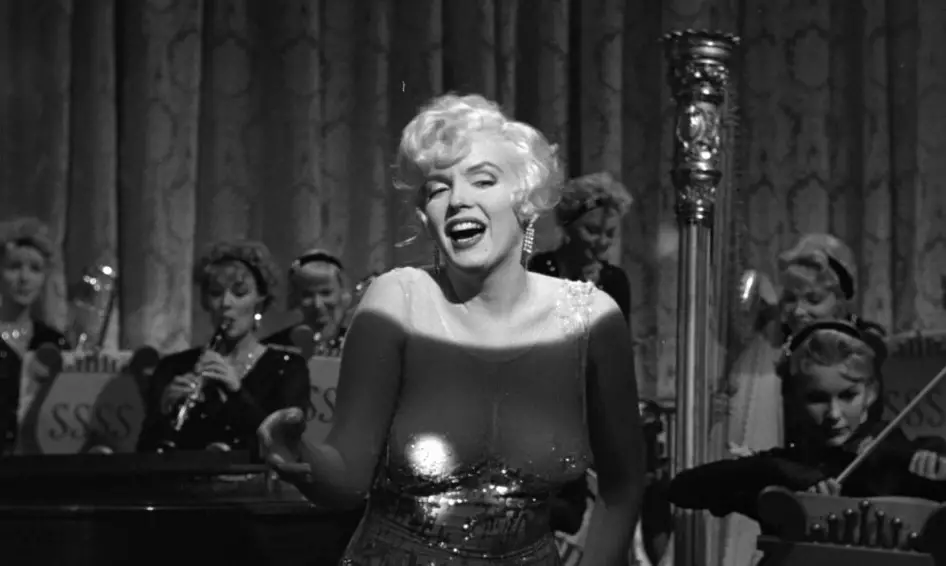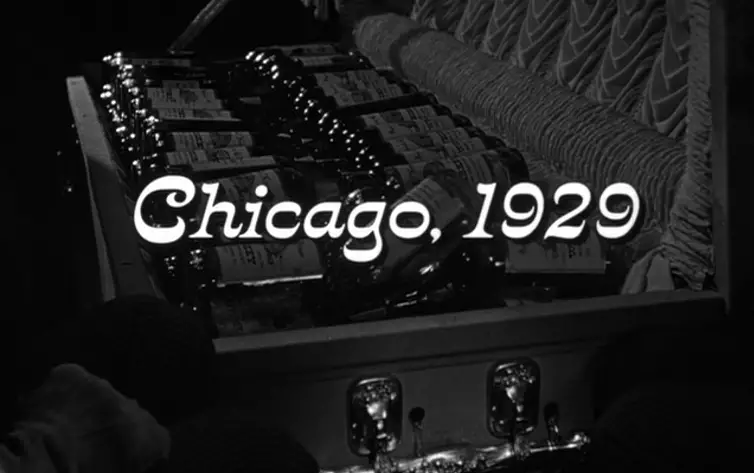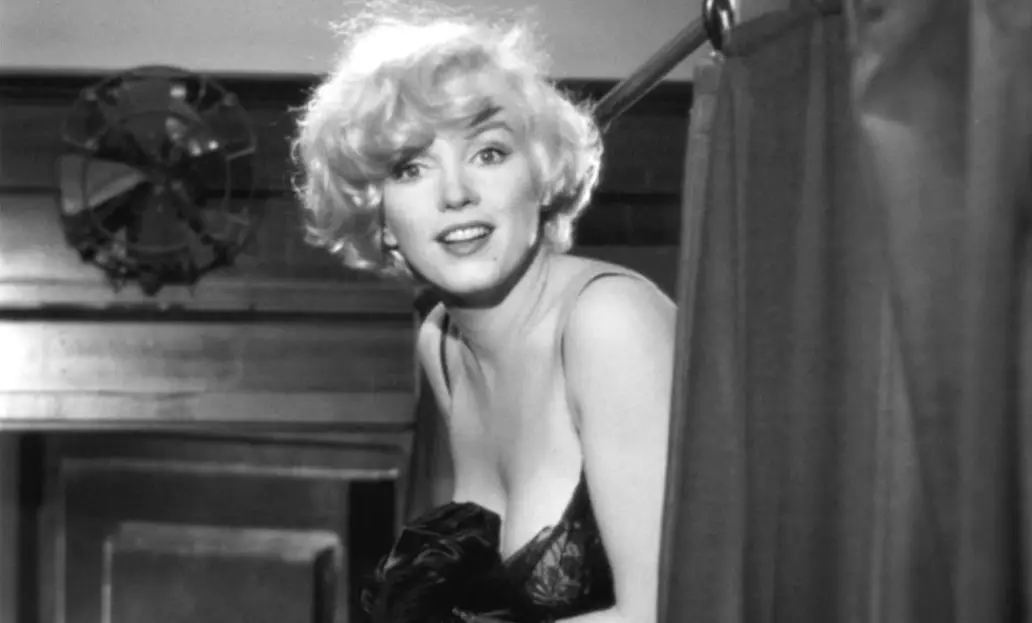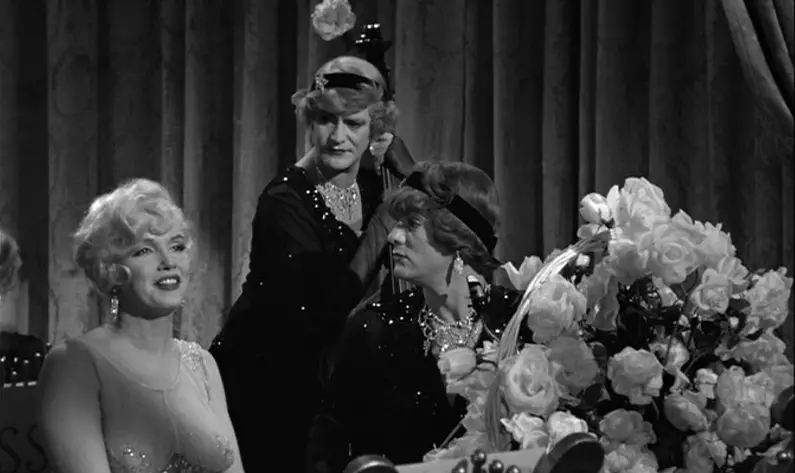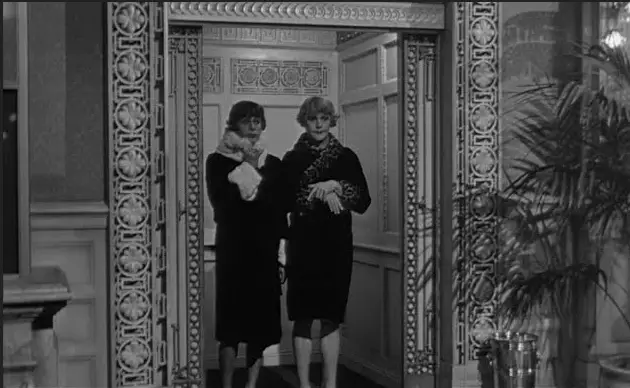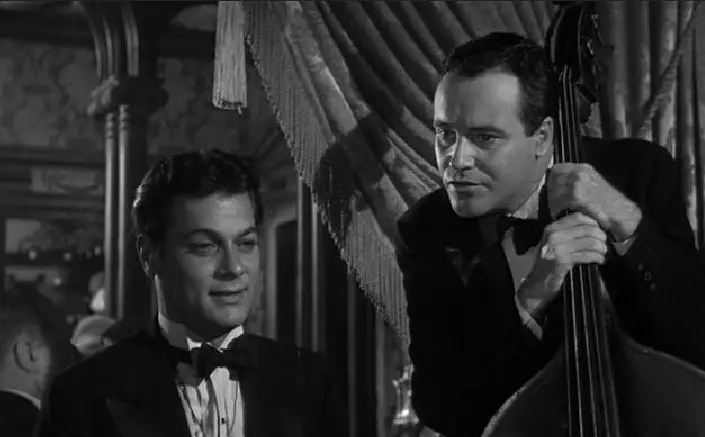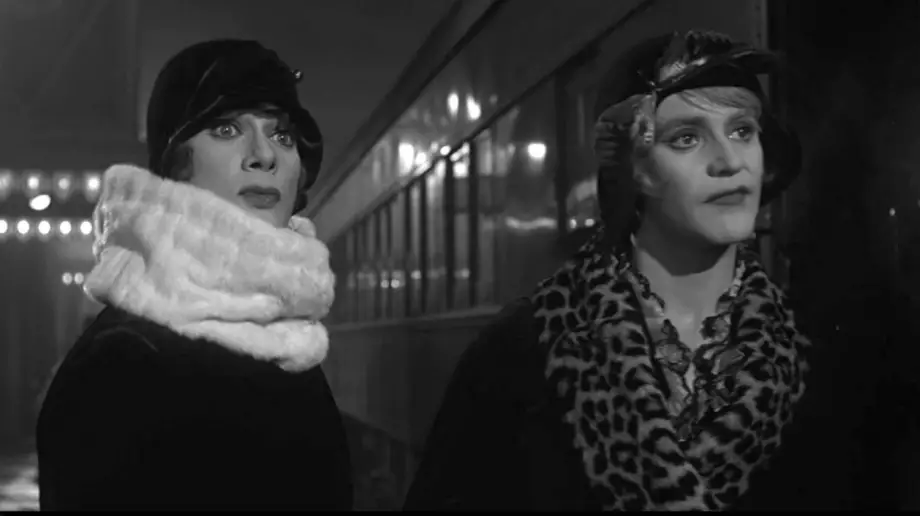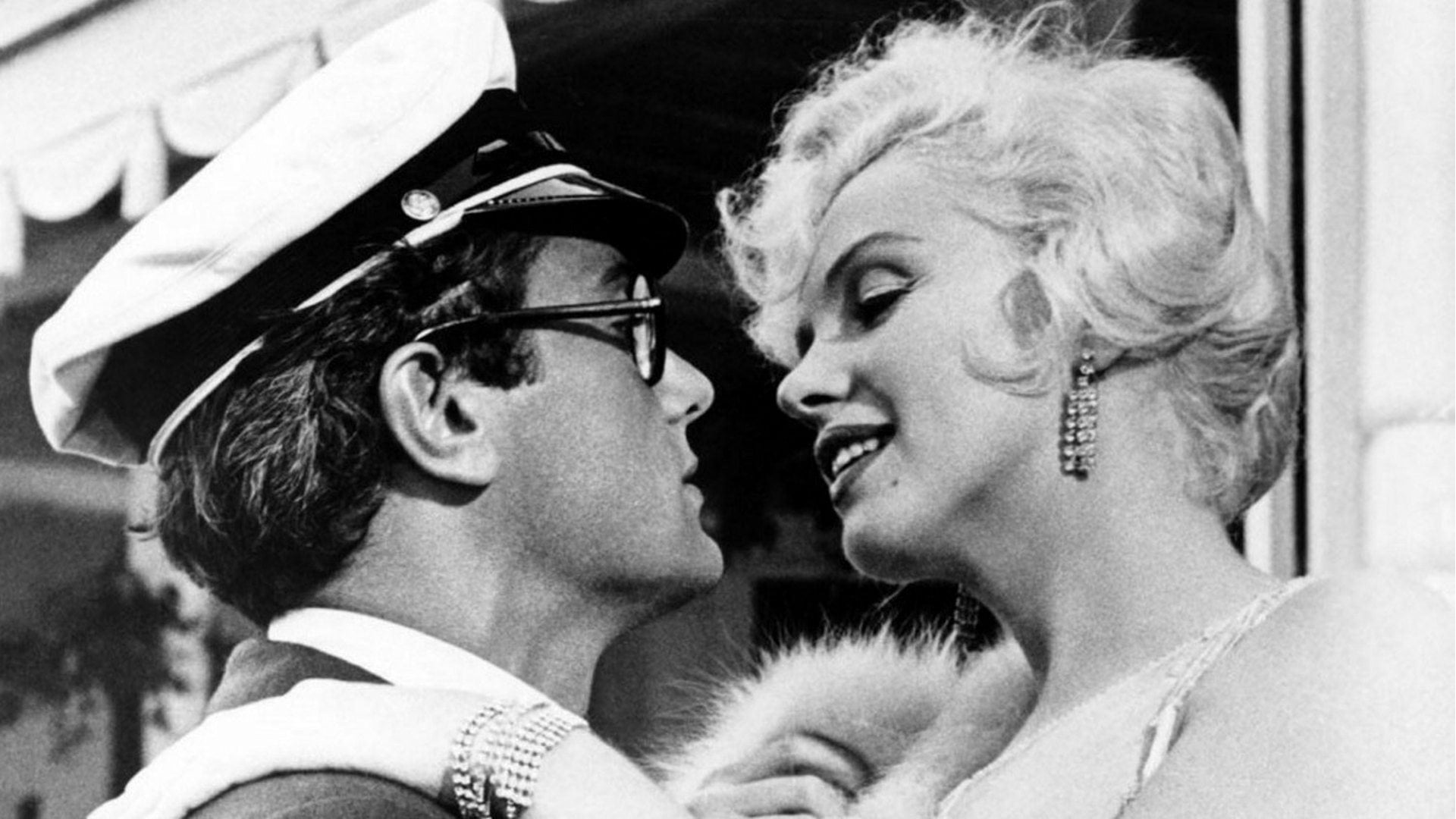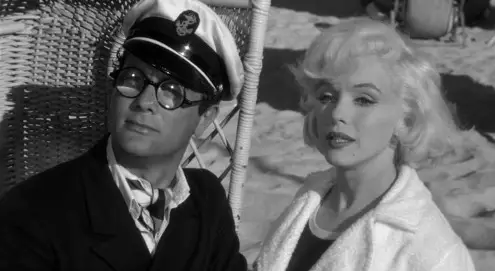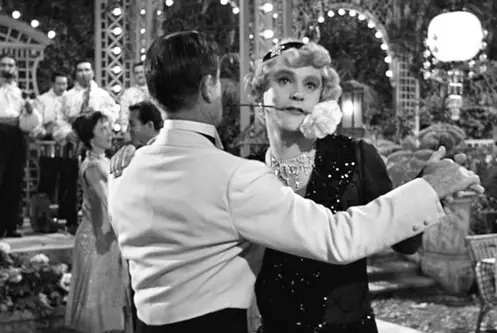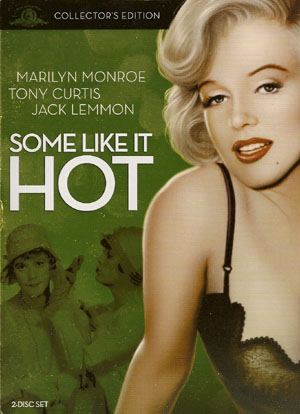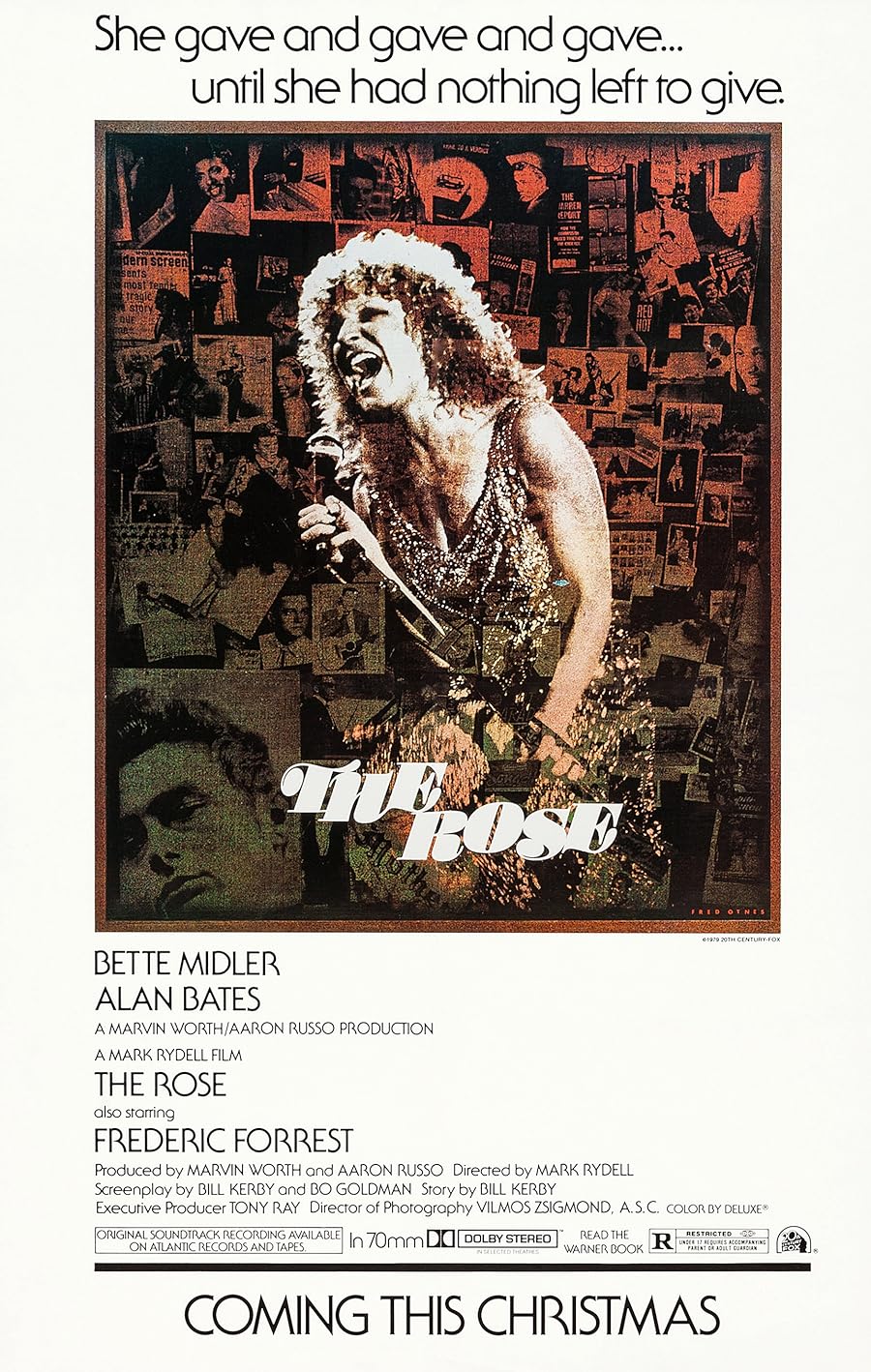archiveorg
cinemaarchiveorg
cinemaSunflower 1970
Sunflower 1970

Sunflower (Italian: I girasoli) is a 1970 Italian drama film directed by Vittorio De Sica. It was the first western movie to be filmed in the USSR. Some scenes were filmed near Moscow, while others near Poltava, a regional center in Ukraine
An Oscar nominee for Best Score (Henry Mancini), Sunflower is a grandly emotional melodrama featuring a stunning performance from Sophia Loren
In another of the actress’s great collaborations with director Vittorio De Sica (The Bicycle Thief), Loren plays Giovanna, a steel-willed Italian woman on a desperate search to find her husband Antonio (Marcello Mastroianni), who has gone missing on the WWII battlefields of Russia. Making the grueling overland journey years after the end of the war, she tracks Antonio down and finds him a changed man. This heart-wrenching reunion will forever alter the course of their lives
The third and final film that Mastroianni made with Sophia Loren under Vittorio De Sica’s direction is a sublimely stirring saga of lovers swept up in the tide of history. In the midst of World War II, Giovanna (Loren) and Antonio (Mastroianni) marry hastily just days before he’s shipped off to fight on the Russian front
After years go by without word from her husband, Giovanna travels to Moscow (where the film was shot on location) to find him, a search that culminates in an exquisitely understated, dark-and-stormy-night climax. The pervading air of romantic melancholy is borne along on the swelling strains of Henry Mancini’s Oscar-nominated score
“Sunflower,” the English dubbed Italian film that opened yesterday at the Ra dio City Music Hall, is a big, artificial romantic drama that ‘hustles love, war, physi cal dislocation and theme music by Henry Mancini. Its stars are Martello Mastroian ni, who plays an Italian sol dier reported missing on the Russian front during World War II, and Sophia Loren, as the wife who sets out to find him years later
Sunflower (1970)
Sunflower (1970)
Yesterday, Today and Tomorrow 1963
Yesterday, Today and Tomorrow 1963
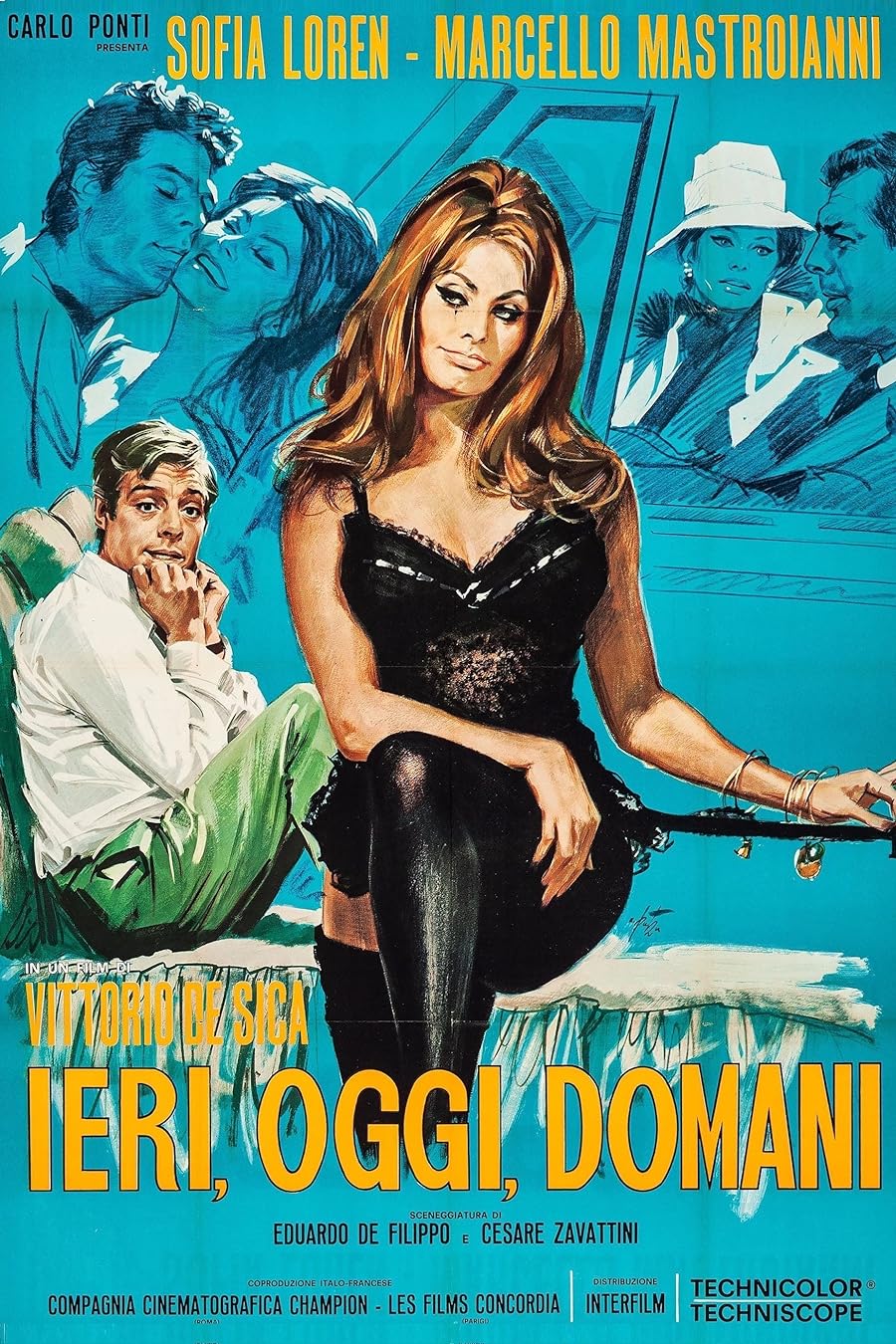
Yesterday, Today and Tomorrow (Italian: Ieri, oggi, domani) is a 1963 comedy anthology film by Italian director Vittorio De Sica
It stars Sophia Loren and Marcello Mastroianni. The film consists of three short stories about couples in different parts of Italy. The film won the Academy Award for Best Foreign Language Film at the 37th Academy Awards
Winner of the Best Foreign Language Film Oscar® at the 1964 Academy Awards®, YESTERDAY, TODAY AND TOMORROW is a sparklingly original comedy that casts Marcello Mastroianni and Sophia Loren in three different stories set throughout Italy
In Naples, they are poor but resourceful, selling black market cigarettes on the streets. In Milan, Loren is costumed in Christian Dior and debates her preference for a Rolls Royce or her husband. And in Rome, Mastroianni is an industry scion who helps Loren’s prostitute set a wavering priest back onto the spiritual plane. This episode features Sophia’s famous striptease, which was recreated 30 years later in Robert Altman’s Ready To Wear. Witty and unforgettable, this gem from master filmmaker Vittorio de Sica (Two Women, Marriage Italian Style) is picture-postcard beautiful and effortlessly hilarious
Directed by Vittorio de Sica, produced by Carlo Ponti and Joseph E. Levine, with Sophia Loren and Marcello Mastroianni
Oscar winning film about three different women and their men. Adelina sells black-market cigarettes in Naples, while in Milan, Anna, a bored uber-rich wife, takes a lover and Mara is an up-market prostitute with high class clients
Yesterday, Today and Tomorrow (1963)
Yesterday, Today and Tomorrow (1963)
The Key 1958
The Key 1958

The Key is a 1958 British-American war film set in 1941 during the Battle of the Atlantic. It was based on the 1951 novel Stella by Jan de Hartog (later republished as The Distant Shore and The Key) and was directed by Sir Carol Reed. William Holden, Sophia Loren and Trevor Howard starred in the production
The key to a flat in wartime Britain may augur bad luck for a succession of tug captains of the Royal Navy whose task is to rescue crippled ships in “U-boat Alley.” As each takes possession from his unfortunate predecessor, the flat’s other occupant, a Swiss expatriate named Stella, apparently comes with it
The latest captain struggles with his conflicting fears and affection for its apparent jinx
The Key (1958)
The Cassandra Crossing 1976
The Cassandra Crossing 1976

Crew
Director – George Pan Cosmatos, Screenplay – George Pan Cosmatos, Robert Katz & Tom Mankiewicz, Story – George Pan Cosmatos & Robert Katz, Producer – Carlo Ponti, Photography – Ennio Guarnieri, Music – Jerry Goldsmith, Special Effects – Aldo Gasparri & Roberto Pignotti, Model Supervisor/Production Design – Aurielo Crugnola. Production Company – International Cine
Cast
Richard Harris (Dr Jonathan Chamberlain), Burt Lancaster (Colonel Stephen MacKenzie), Sophia Loren (Jennifer Saint), Martin Sheen (Robbie Navarro), O.J. Simpson (Hayley), Ingrid Thulin (Dr Stradner), Ava Gardner (Nicole Dressler)
The Cassandra Crossing is a 1976 disaster thriller film directed by George Pan Cosmatos and starring Sophia Loren, Richard Harris, Ava Gardner, Martin Sheen, Burt Lancaster, Lee Strasberg and O. J. Simpson about a disease-infected Swedish terrorist who infects a cross-European train’s passengers as they head to a derelict arch bridge which is liable to collapse
With the backing of the media tycoon Sir Lew Grade (the head of the British broadcast network Associated Television) and the Italian film producer Carlo Ponti, the international all-star cast was expected to attract a widespread audience, with rights sold prior to filming, to both British and American distributors. Ponti also saw the production as a showcase for his wife, Sophia Loren
Terrorists have planted a deadly virus on a transcontinental train. On board are the glamorous Jennifer Chamberlain (Sophia Loren) and her ex-husband, Dr. Jonathan Chamberlain (Richard Harris), as well as Nicole Dressler (Ava Gardner) and her young lover, Robby (Martin Sheen). They can’t get off, and one solution proposed is to quarantine them by rerouting the train over the Cassandra Crossing — an unstable bridge. Dr. Chamberlain wants to save them, but has to battle the terrorists first
The Cassandra Crossing is a 1976 film directed by George Pan Cosmatos. It was co-produced by Carlo Ponti, G. Pettini and although uncredited Sir Lew Grade. The screenplay is based on the 1976 novel, The Cassandra Crossing written by Robert Katz, who co-wrote the screenplay with directed George Pan Cosmatos and Tom Mankiewicz. The film featured an all-star lineup of Sophia Loren, Richard Harris, Burt Lancaster, Martin Sheen, O.J. Simpson, Lee Strasberg and Ava Gardner
The Cassandra Crossing (1976)
The Pride and the Passion 1957
The Pride and the Passion 1957
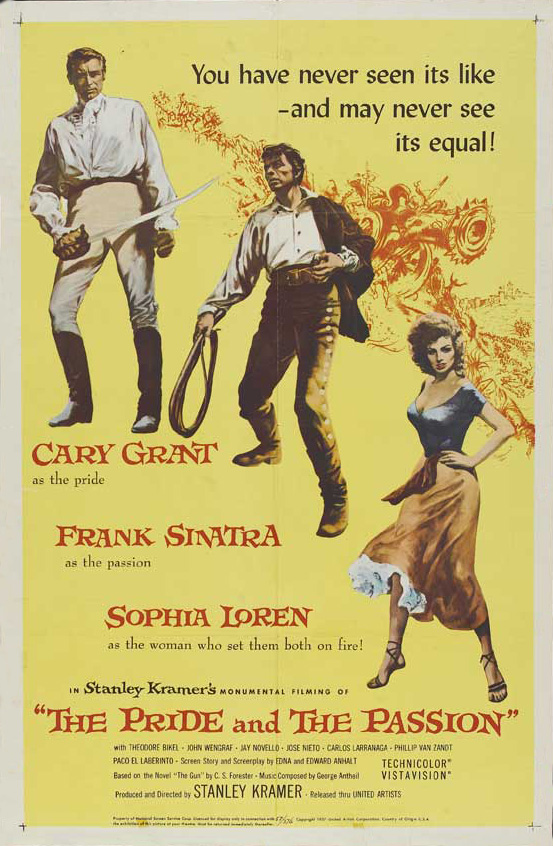
The Pride and the Passion is a 1957 American Napoleonic-era war film in Technicolor and VistaVision from United Artists, produced and directed by Stanley Kramer, and starring Cary Grant, Frank Sinatra and Sophia Loren. The film co-stars Theodore Bikel and Jay Novello
The film‘s storyline concerns a British Royal Navy artillery officer who has orders to retrieve a huge siege cannon from Spain and transport it by ship to British forces
But first, the leader of the Spanish guerrillas wants to transport the weapon 1,000 km (620 mi) across Spain to help in the recapture of the city of Ávila from the occupying French before he releases it to the British
Most of the film deals with the hardships of transporting the cannon to Ávila across rivers and over mountains, while also evading the occupying French forces that have been ordered to find it
A sub-plot concerns the struggle for the love of the Spanish woman Juana (Loren) by the two male protagonists
The film story and screenplay by Edna Anhalt and Edward Anhalt are loosely based on the 1933 novel The Gun by C. S. Forester. Earl Felton contributed an uncredited screenplay re-write, George Antheil composed the music score, and Saul Bass designed the opening title sequence
The film industry loves romance. Love infiltrates every genre. It’s in big budget action and in small budget horror. It’s in comedies of all shapes and sizes (not just the ones with a “rom” tacked on front)
The near-universal applicability of this tango between two people isn’t surprising, or even a bad thing, as it’s key to most of our real life lives
The absence of love in fictional narratives would be to deny the emotional bonds that spin us through our own day-to-day existence
The Pride and the Passion has four stars – Cary Grant, Frank Sinatra, Sophia Loren, and a massive cannon. And it’s the cannon that gives the best performance
Based on the 1933 novel The Gun by C.S. Forester, The Pride and the Passion is set in Spain in 1810, during the Napoleonic Wars
As the French Army advances, the retreating Spanish put their massive prize cannon out of action by pushing it into a ravine. Spain’s British allies come to take possession of the cannon, and when their representative, Royal Navy officer Captain Anthony Trumbell (Cary Grant) arrives, the Spanish guerillas agree to help recover the gun. But their condition is that it’s taken first to the town of Avila to use against the French
The Pride and the Passion (1957)
The Pride and the Passion (1957)
The Seven Year Itch 1955
The Seven Year Itch 1955
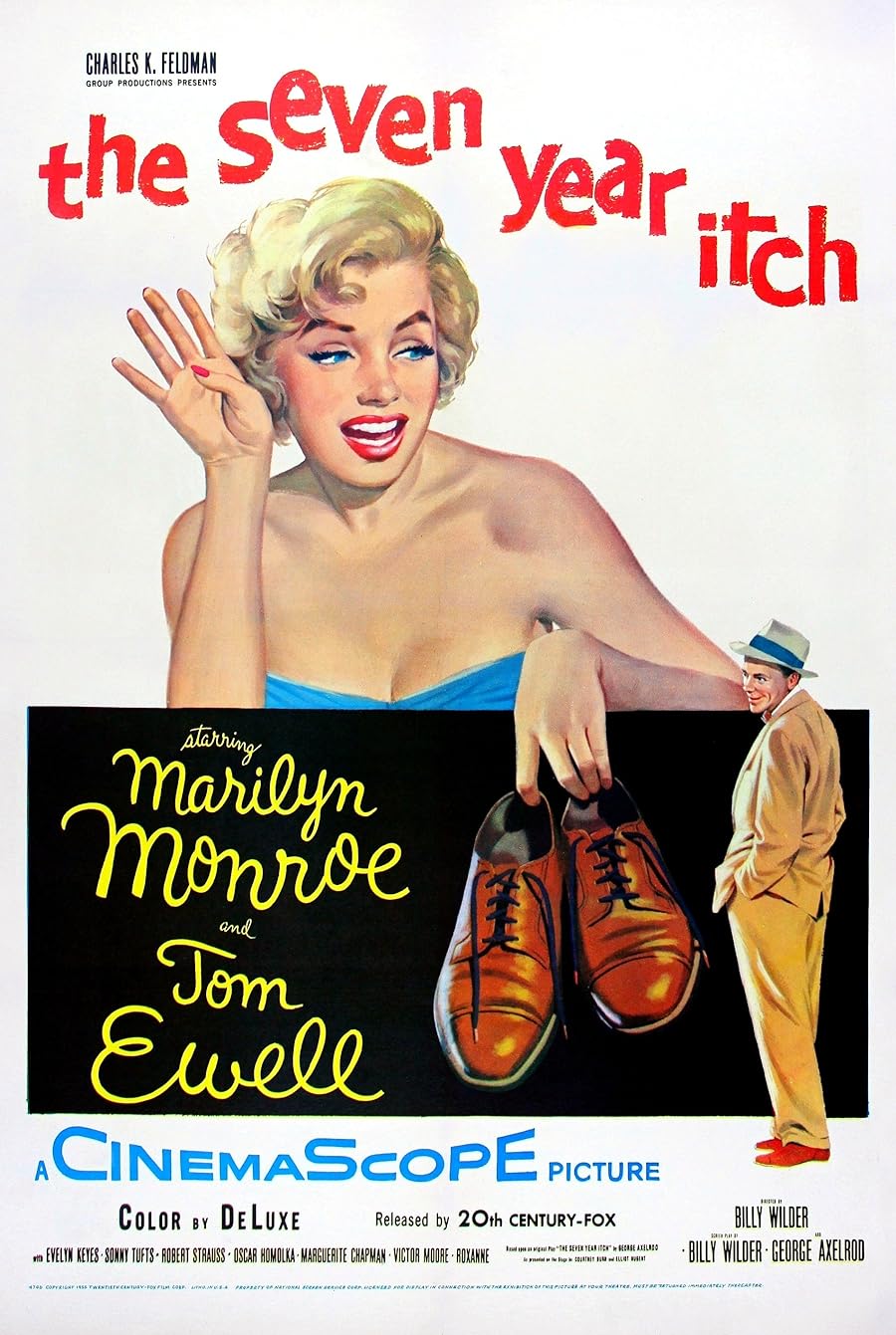
The Seven Year Itch is a 1955 American romantic comedy film directed by Billy Wilder, from a screenplay he co-wrote with George Axelrod from the 1952 three-act play. The film stars Marilyn Monroe and Tom Ewell, who reprised his stage role. It contains one of the most iconic pop-culture images of the 20th century – Monroe standing on a subway grate as her white dress is blown upwards by a passing train
The titular phrase, which refers to a waning interest in monogamous relationship after seven years of marriage, has been used by psychologists
Richard Sherman (Tom Ewell), like many other Manhattanites, packs his wife (Evelyn Keyes) and child off to summer vacation, while he stays behind to work. He begins to fantasize about other women and the opportunities he has now that his wife is out of town, but he promises himself he will not act on it. But then, he meets the girl (Marilyn Monroe) who rented the apartment upstairs for the summer
Cast
Tom Ewell – Richard Sherman
Marilyn Monroe – The Girl
Evelyn Keyes – Helen Sherman
Sonny Tufts – Tom MacKenzie
Robert Strauss – Mr. Kruhulik
Oskar Homolka – Dr. Brubaker
Victor Moore – Plumber
“The Seven Year Itch” has one of the most iconic scenes in the history of film. It also features the starlet Marilyn Monroe. Everyone who fancies themselves a Movie Buff needs to watch her on screen, at least once
It was also a product of filmmaker Billy Wilder, himself a Hollywood legend. Wilder had a fifty-year career that saw an astounding twenty-one Academy Award nominations which he would win five
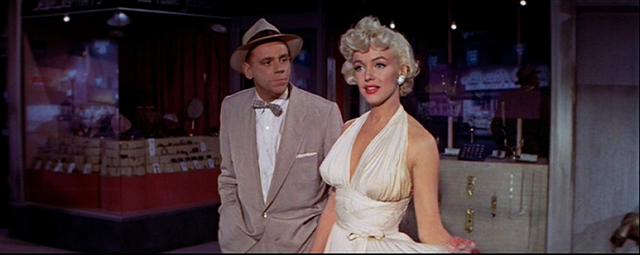
This 1955 film may be one of the first ever into the rom-com genre. Wilder takes an incredibly simple concept and with only two main cast members, tells a complete story. Richard Sherman (Tom Ewell) has been married seven years. Obviously, he is bored and ready to have an affair. When his wife and son leave town for a vacation, Richard gets tempted by a busty blonde nameless neighbor. Oh, uh – that’s where Marilyn comes in
I was pretty shocked at the blatant sexual innuendos that filled this 105 minute movie. Not that I’m a prude. But I always thought of 1955 as being overly conservative. It reminded me of Marty McFly debunking the traditionalist words of his mother. The idea of a married man and father flirting with a sultry temptress was quite risqué for the time
The movie is interesting. The character of Richard is the focal point. He’s in every scene and many times, he’s alone. Much of the story progresses through his own narration in which he’s speaking out loud to himself. It’s awkward at first but I got used to it. By the end I actually sort of liked it, and enjoyed Richard as a character. Tom Ewell delivers some hysterical lines whilst attempting to woo the vixen. I laughed out loud when she asked him if he has any kids. “No. None. No kids.” He quickly responds before adding “Well, just one. Little one. Hardly counts
This quarterly series showcases the “essential” films everyone should see on the big screen. For each month-long program, we’ll screen five films organized by one of the following themes: directors, actors, genres, and eras/movements. Essential tickets are $9 for Adults, $8 for Students/Seniors and Members get in Free! Summary: Like thousands of other Manhattanites, Tom Ewell annually packs his wife (Evelyn Keyes) and children off to summer vacation, staying behind to work at the office. This particular summer, the lonely Ewell begins fantasizing about the many women he’d foresworn upon getting married (in one of the fantasies, Ewell and Marguerite Chapman parody the beach rendezvous in From Here to Eternity). He is jolted back to reality when he meets his new neighbor–luscious model Marilyn Monroe. Inviting Monroe to dinner, Ewell intends to sweep her off her feet and into the boudoir. Things don’t quite work out that way, thanks to Ewell’s clumsiness (and essential decency) and Monroe’s naivete. Still, Ewell becomes convinced that his impure thoughts will somehow be transmitted to his vacationing wife and to the rest of the world, leaving him wide open for scandal and ruination. In the original play, the husband and the next-door neighbor did have an affair, but both play and film arrived at the same happy ending, with Ewell and his missus contentedly reunited at summer’s end. Featured in the cast of The Seven Year Itch are Robert Strauss as a lascivious handyman, Sonny Tufts as Evelyn Keye’s former beau, Donald MacBride as Ewell’s glad-handing boss, and veteran Broadway funny man Victor Moore in a cameo as a nervous plumber
The Seven Year Itch (1955)
The Seven Year Itch (1955)
The Seven Year Itch (1955)
The Seven Year Itch (1955)
The Seven Year Itch (1955)
There’s No Business Like Show Business 1954
There’s No Business Like Show Business 1954
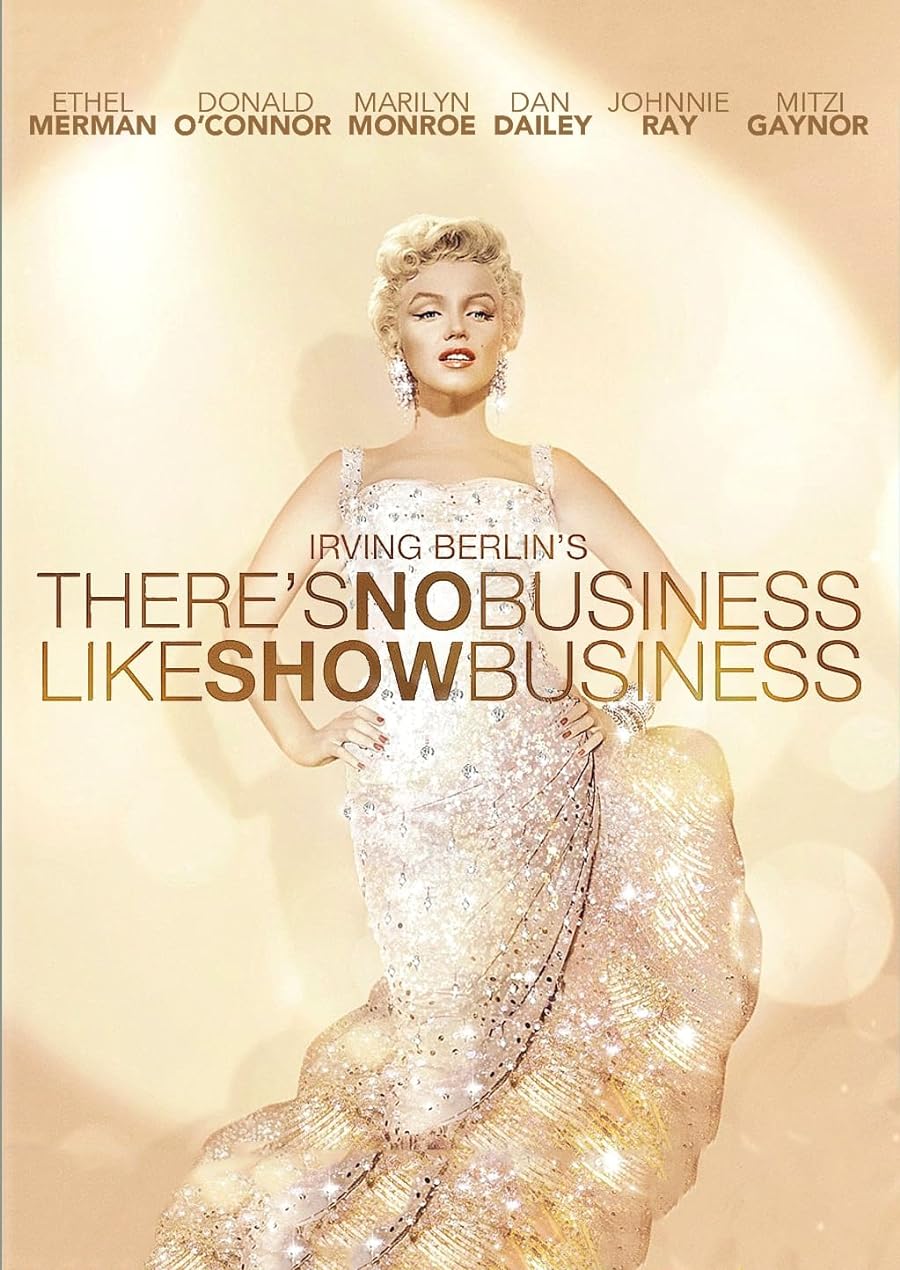
Irving Berlin’s There’s No Business Like Show Business is a 1954 American musical comedy-drama film directed by Walter Lang. It stars an ensemble cast, consisting of Ethel Merman, Donald O’Connor, Marilyn Monroe, Dan Dailey, Johnnie Ray, and Mitzi Gaynor
THERE’S NO BUSINESS LIKE SHOW BUSINESS, screen play by Phoebe and Henry Ephron, based on a story by Lamar Trotti; directed by Walter Lang; produced by Sol C. Siegel for Twentieth Century-Fox
The title is borrowed from the famous song in the stage musical (and MGM film) Annie Get Your Gun
The screenplay was written by Phoebe Ephron and Henry Ephron, based on a story by Lamar Trotti; and the movie was Fox’s first musical in CinemaScope and DeLuxe Color
There’s No Business Like Show Business. 1954. USA. Directed by Walter Lang. 117 min
Screenplay by Phoebe Ephron, Henry Ephron. Music by Irving Berlin. Dances by Robert Alton, Jack Cole (uncredited)
With Ethel Merman, Donald O’Connor, Marilyn Monroe, Dan Dailey, Johnnie Ray, Mitzi Gaynor
Monroe, a rising star at Fox, tested her new power by grabbing Ethel Merman’s “Heat Wave” number for herself and insisting that the film’s esteemed choreographer, Robert Alton, be replaced by Cole
The good-taste-challenged result nonetheless ranks as a Cole classic if only for its exceptional Matt Mattox–led cadre of male dancers
Monroe’s no less anachronistic “After You Get What You Want You Don’t Want It” just adds to the fascinating clutter of this star-studded salute to Irving Berlin
THERE are no people like show people, as Irving Berlin says. That’s a point the show people of Hollywood have been struggling for years to make
Now a major success in that direction is achieved by Twentieth Century-Fox in “There’s No Business Like Show Business,” which slammed into the Roxy last night at a gala première for the benefit of the Actors Fund
Here at last it is demonstrated, in the full bloom of color and CinemaScope—and with the help, it must quickly be acknowledged, of some of Mr. Berlin’s better songs—that the people who work in show business are a brash and irrepressible breed, from whom sentiment flows like maple syrup and to whom restraint is as foreign as a gnu
And if anyone raises feeble protest that this has been shown before, we hasten to add that it has never—but never!—been shown on such a scale
In a size and with a lavishness of production that puts in the distant shade such a show as their own previous frolic with Berlin music, “Alexander’s Ragtime Band,” the Fox people are spreading the story of a vaudeville family across the screen as though it were the Cohans, Foys and Rooneys all wrapped up in a big Ziegfeld-Carroll revue
They are putting this family through the paces of young love, old love, failure, success, separation, reunion, malnutrition, even of one son’s entrance into the priesthood—all but death
And they are doing it all to Berlin music, as though the only songs these people latched on to were the songs of the dean of Tin Pan Alley—which, considering their quality, is all right, too
From the opening scene in which Dan Dailey and Ethel Merman, who beget a thespian brood that turns out to be Mitzi Gaynor, Donald O’Connor and Johnnie Ray, start off with a raggy shuffle to “When That Midnight Choo-Choo Leaves For Alabam’,” the whole thing is one long gorgeous wallow in fantastic style and sentiment
Song and story are wrapped and rolled together for 117 minutes, wall to wall
What they like, they repeat. Mr. O’Connor does a drunk scene early in the film—you know, kid coming home with a snoot-full to shock his parents
A comedy routine. So they do it again when Mr. O’Connor thinks he has been jilted by Marilyn Monroe, a blond, baby-faced night-club singer who complicates the uneven tenor of the family’s way
Likewise, the family is presented in a splurge of “Alexander’s Ragtime Band” as soon as the children are all grown up so they can take their appropriate turns
Mr. Dailey and Miss Merman do it “beer-hall,” Mr. O’Connor does it with a Scottish burr, Miss Gaynor sings and dances it like a Frenchie and Mr. Ray shouts it from the top of his head
This song, with all of them joined together, is repeated at the end.Some things are better than others
Miss Gaynor and Miss Merman are fine in a song-skit called “A Sailor’s Not a Sailor Till a Sailor’s Been Tattooed.” As a matter of fact, Miss Gaynor and Miss Merman are the most agreeable items in the show
When it comes to spreading talent, Miss Gaynor has the jump on Miss Monroe, whose wriggling and squirming to “Heat Wave” and “Lazy” are embarrassing to behold.Embarrassing, too, is the build-up of Mr
Ray’s becoming a priest, which he explains as “a change of booking.”
Says he: “You’ve got to admit, the Church has had a mighty long run.” And when he wails an evangelistic number, “If You Believe,” which contains the horrendous line “I’m making no promises to the doubting Thomases,” your flesh is likely to crawl.But, then, Mr. O’Connor is spanking in a dance to “A Boy Chases a Girl,” and, however you view Mr. Dailey, he’s a hoofer down to the ground.So that’s how it is with this picture—a huge, sprawling, sentimental show. Lots of laughing and crying. Lots of singing
There are no people like show people, indeed
There’s No Business Like Show Business (1954)
There’s No Business Like Show Business (1954)
Some Like It Hot 1959
Some Like It Hot 1959
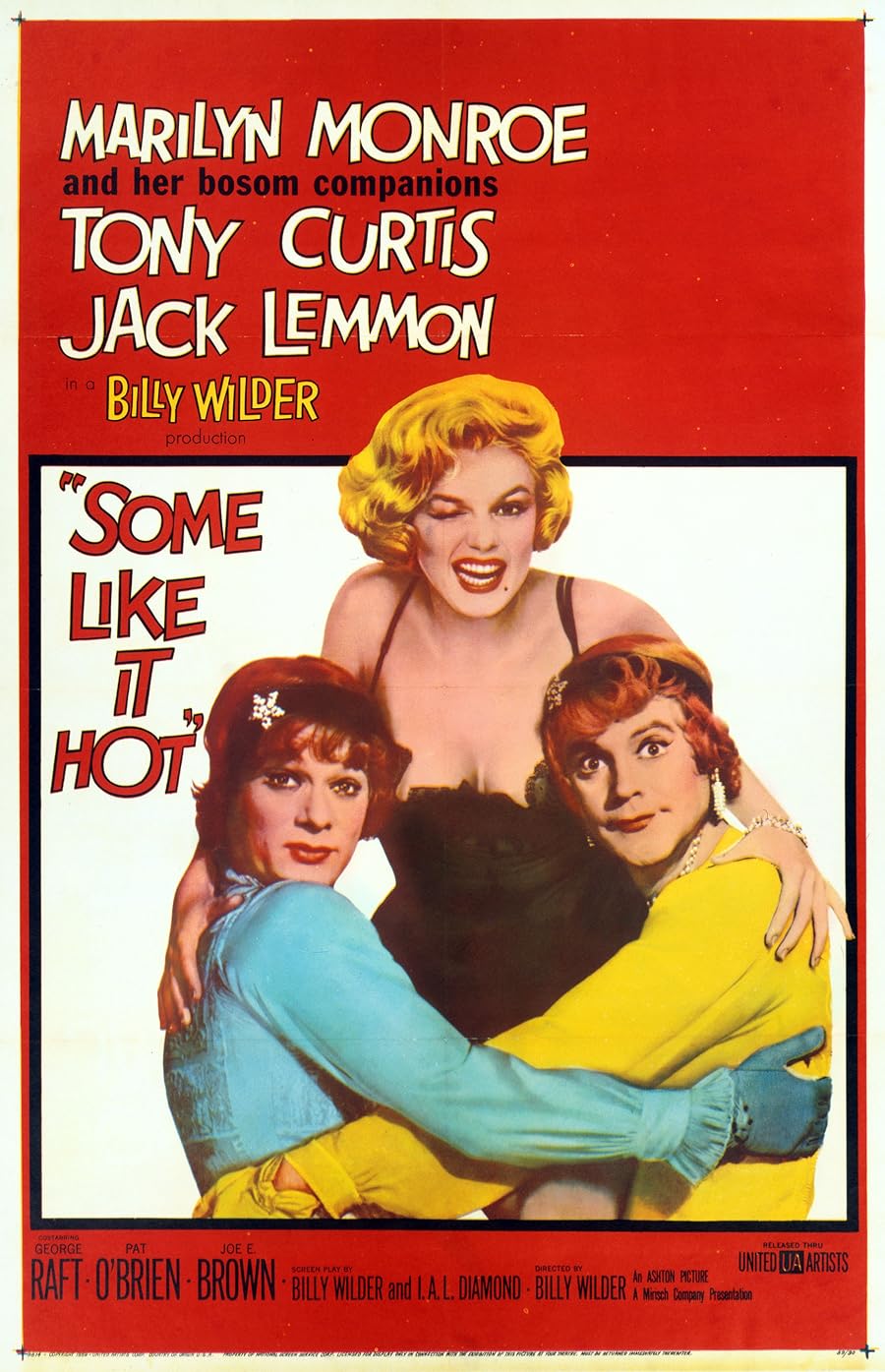
Some Like It Hot. 1959. USA. Directed by Billy Wilder. Screenplay by I. A. L. Diamond, Wilder, based on a story by Robert Thoeren, Michael Logan. With Jack Lemmon, Tony Curtis, Marilyn Monroe. DCP. 121 min
Some Like It Hot is a 1959 American crime comedy film directed, produced and co-written by Billy Wilder. It stars Marilyn Monroe, Tony Curtis and Jack Lemmon, with George Raft, Pat O’Brien, Joe E. Brown, Joan Shawlee and Nehemiah Persoff in supporting roles
The screenplay by Wilder and I. A. L. Diamond is based on a screenplay by Robert Thoeren and Michael Logan from the 1935 French film Fanfare of Love. The film is about two musicians who disguise themselves by dressing as women to escape from mafia gangsters whom they witnessed committing a crime
Some Like It Hot opened to critical and commercial success and is considered to be one of the greatest films of all time. The film received six Academy Award nominations, including Best Actor, Best Director and Best Adapted Screenplay, winning for Best Costume Design
In 1989, the Library of Congress selected it as one of the first 25 films for preservation in the United States National Film Registry for being “culturally, historically, or aesthetically significant
Okay, admit it, you’ve seen this movie many, many times but keep coming back for the side-splitting humor, Marilyn Monroe’s bon mots, and Josephine and Daphne’s fashion sense! After musicians Joe and Jerry witness the St. Valentine’s Day Massacre in Chicago, they need to get out of town fast and make some extra scratch on the run
In 1920s drag, the boys apply to join the all-woman Sweet Sue and Her Society Synchopators band and jump on a train bound for fantastic adventure—and Cheboygan
Marilyn Monroe and Jack Lemmon won Golden Globe awards for their roles as Sugar and Jerry/Daphne, respectively
What’s the movie? Some Like it Hot of course. The genius that was Billy Wilder wrote and directed this classic in between Witness for the Prosecution (1957) and possibly his biggest hit also starring Jack Lemmon; The Apartment (1960)
Some Like it Hot remains one of cinemas best comedies and was named the funniest movie of all time. Though in black and white it looks better for it and has not dated at all
The film stars Tony Curtis and Jack Lemmon as two financially struggling musicians who witness a gang related murder and have to go on the run
They do this by accepting the only job they can, playing the saxophone and bass fiddle for a girls band travelling to Florida. Hang on a minute I can hear your confusion how can they join a girls band? To escape the gangsters Curtis’ Joe and Lemmon’s’ Jerry become Josephine and Daphne and hilarity ensues
They are joined in this band by Marilyn Monroe at her finest and in one of her most memorable roles as Sugar ‘Kane’ Kowalczyk. Monroe; the definition of sex appeal in 1959 when the movie was made, was at the height of her celebrity status
So therefore it is no surprise that both men are vying for her affection, this would be rather difficult as women
So adding to an already excellent plot Curtis becomes a young millionaire with glasses, blazer and a suave Cary Grant accent who owns Shell oil, in the hopes of snaring Sugar who is determined to marry a rich man with a yacht. While Curtis is playing/wooing Sugar Jerry/Daphne is being wooed/harassed by an old millionaire played brilliantly by Joe E. Brown
Everything is going great, though bizarrely until the gangsters arrive in town, with a chaotic zinger of an ending Billy Wilder ties everything up and delivers the best last line of any comedy movie ever made
“You don’t understand Osgood I’m a man”, – “Well, nobody’s perfect” That might be so, but what is perfect is this film, it hits all the right beats, the performances are spot on, the writing could not be better; there are so many quotable lines in this movie, as Tony Curtis stated in an interview; there was no need for improvisation it was all in the script
And Billy Wilder proves he really was one of the best Directors in Hollywood and I believe he remains so to this day
Tony Curtis the last surviving cast member died in 2010, all that we have left is the movie itself but boy what a legacy to film and comedy it is. If you haven’t seen this film, I strongly recommend when you finish reading this, you sit down and watch it, you won’t be disappointed. This is Hollywood at its best
Some Like It Hot (1959)
Some Like It Hot (1959)
Some Like It Hot (1959)
Some Like It Hot (1959)
Some Like It Hot (1959)

